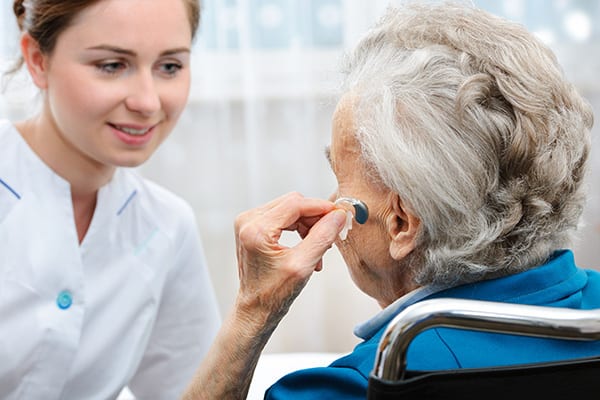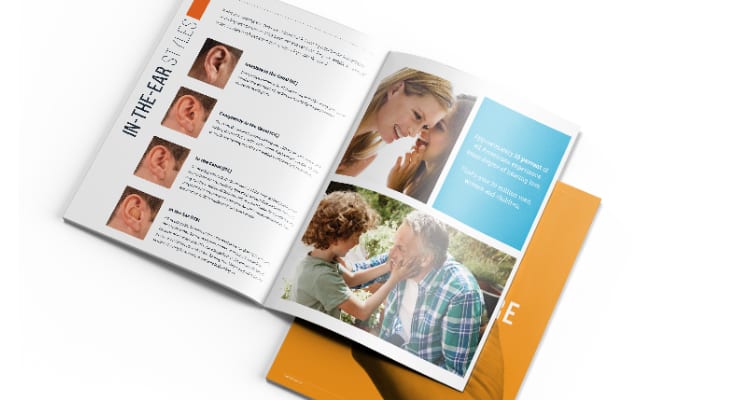
There are so many hearing aids on the market, but which one is right for a senior?
The answer depends on many things. The main concern is its cause and severity. The results of your hearing tests will guide your hearing care professional to make recommendations. There are seven things you need to know before making your choices.
If you have severe hearing loss, you may need one of the most extensive hearing aids. If you are prone to excessive earwax buildup or ear infections, small hearing aids can easily be damaged by excessive earwax and may not be the best choice for you. You may want to be able to reduce certain types of noise and increase the frequency of the sounds you have the most hearing problems – something that not all small hearing aids can do.
If you use electronic devices such as cell phones, music players, or laptops that are capable of sending a wireless signal, then you may want to have a headset that is compatible with wireless devices that are important to you. If you are worried about what you will look like wearing a headset, tell your hearing care professional. They can help you choose the one that best suits both your hearing needs and your appearance. Hearing aids can range in price depending on the style and features you choose.
Types of hearing aids
Each hearing aid provides a different type of result. For seniors, a savvy Bluetooth hearing aid may not be the best option. It may be tricky to operate and have specific features that a senior person would not make the most out of. However, the other types of hearing aids depend on many different factors, such as how they fit in the ear and how they connect.
Behind-the-ear (BTE)
BTE hearing aids are mainly suitable in cases of moderate to severe hearing loss. The earphone is placed behind the ear and through a plastic tube is connected to the tip, which is attached to the ear’s outer ear canal. The sound is transmitted through the plastic tube that connects to the end of the handset.
In-the-ear (ITE) hearing aid
The earpiece adapts to the outer ear canal and the earlobe. The sound is transmitted to the ear by the receiver inside the external auditory canal. ITE has a volume switch. It is worth noting that it requires more finger agility to insert and replace the battery than the rear earphone.
In the canal (ITC)
In-the-canal hearing aids are becoming more and more popular. The headset fits into the mouth of the outer ear canal and is administered in cases of mild to severe hearing loss. The sound is transmitted to the ear by the receiver inside the external auditory canal.
Completely in the canal (CIC) and invisible in the canal (IIC)
Used in mild to moderate /severe hearing loss. It is the smallest device used to date. The outer end of the earpiece is located one to two mm inside the pore’s mouth, while the inner end is five mm away from the upper part of the eardrum.
CROS headset
These types of headphones are used in cases where hearing in one ear is useful. The other ear is deaf or has so much hearing that it is not worth putting on a headset. The hearing aid is placed in the hearing ear, and the signal received from it is amplified and transmitted to the healthy ear. The signal is transmitted by cable or wirelessly by FM radio waves. The difference from the delay in the arrival of the signal from the patient to the healthy ear, about the auditory stimulus that reaches directly to the healthy ear, is interpreted by the brain as hearing by both ears.
BICROS headset
The BICROS headset is used in both hearing aids. It essentially transmits the amplified signal from the worst to the best ear and, at the same time, increases the intensity of the auditory stimulus, which reaches directly to the best ear.
For more information relating to the best hearing aids for seniors and their features, please feel free to reach out to us at GL Wyeno Hearing Specialists PC and call us today at (402) 463-2431.



